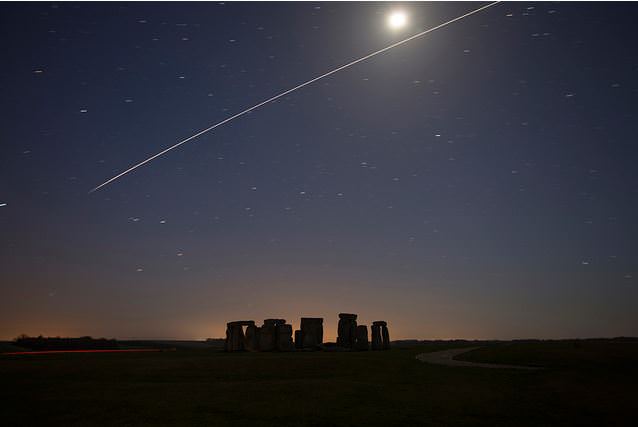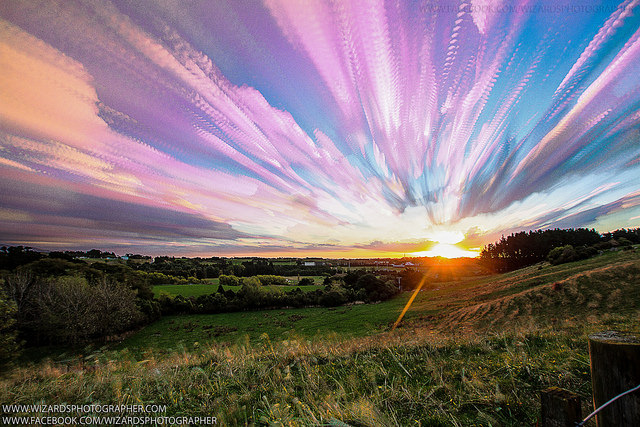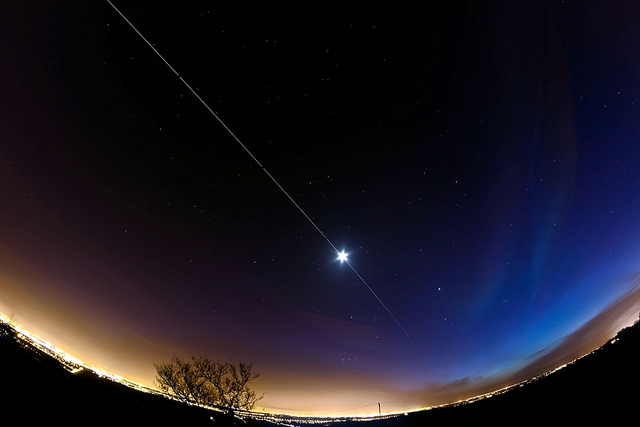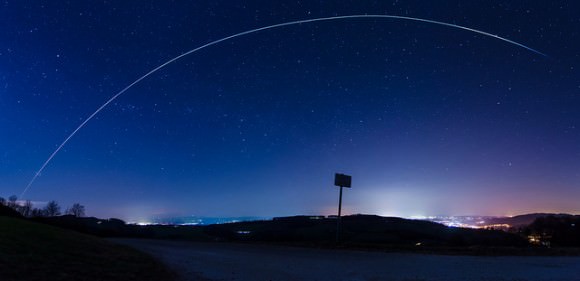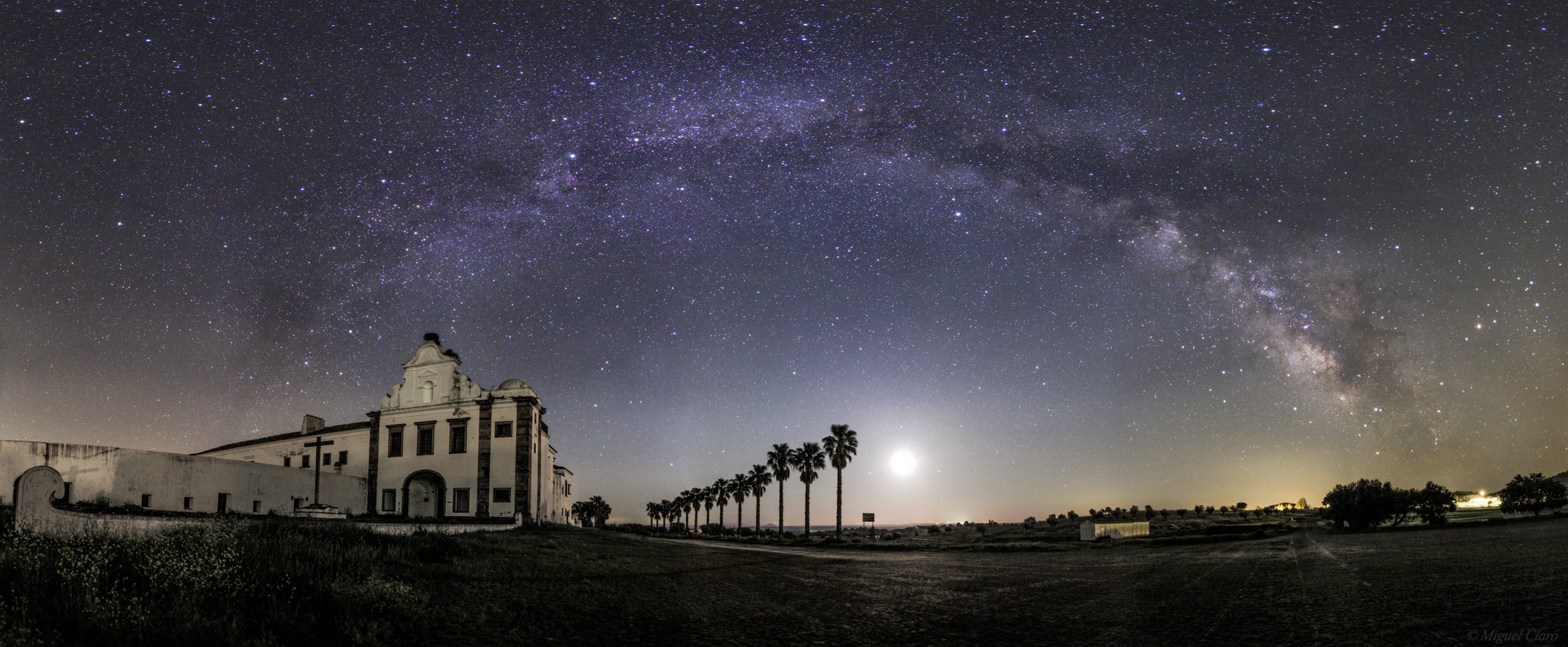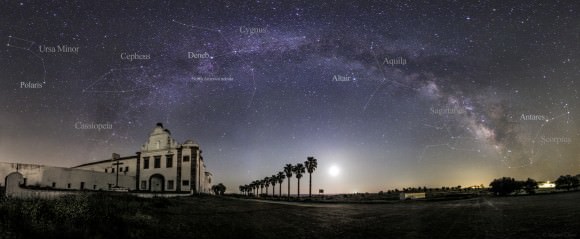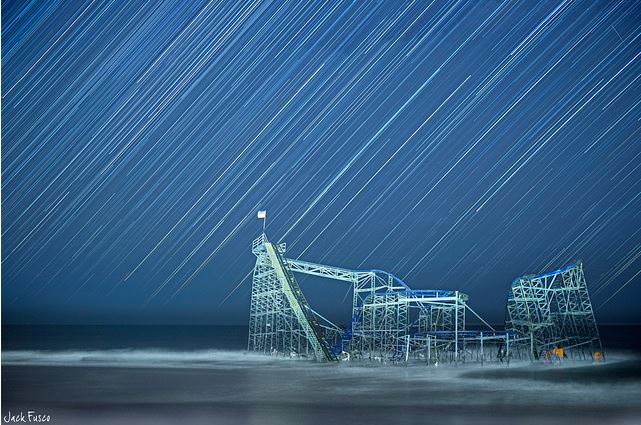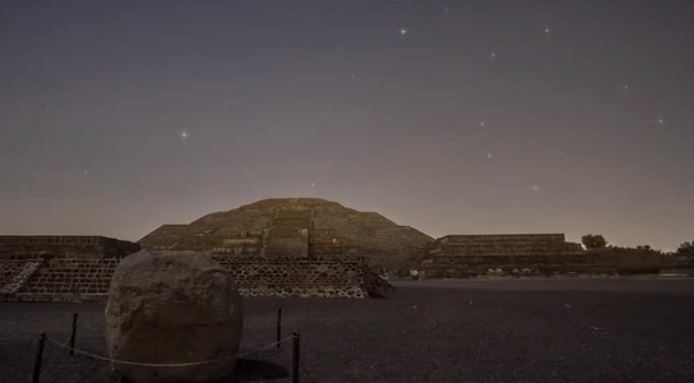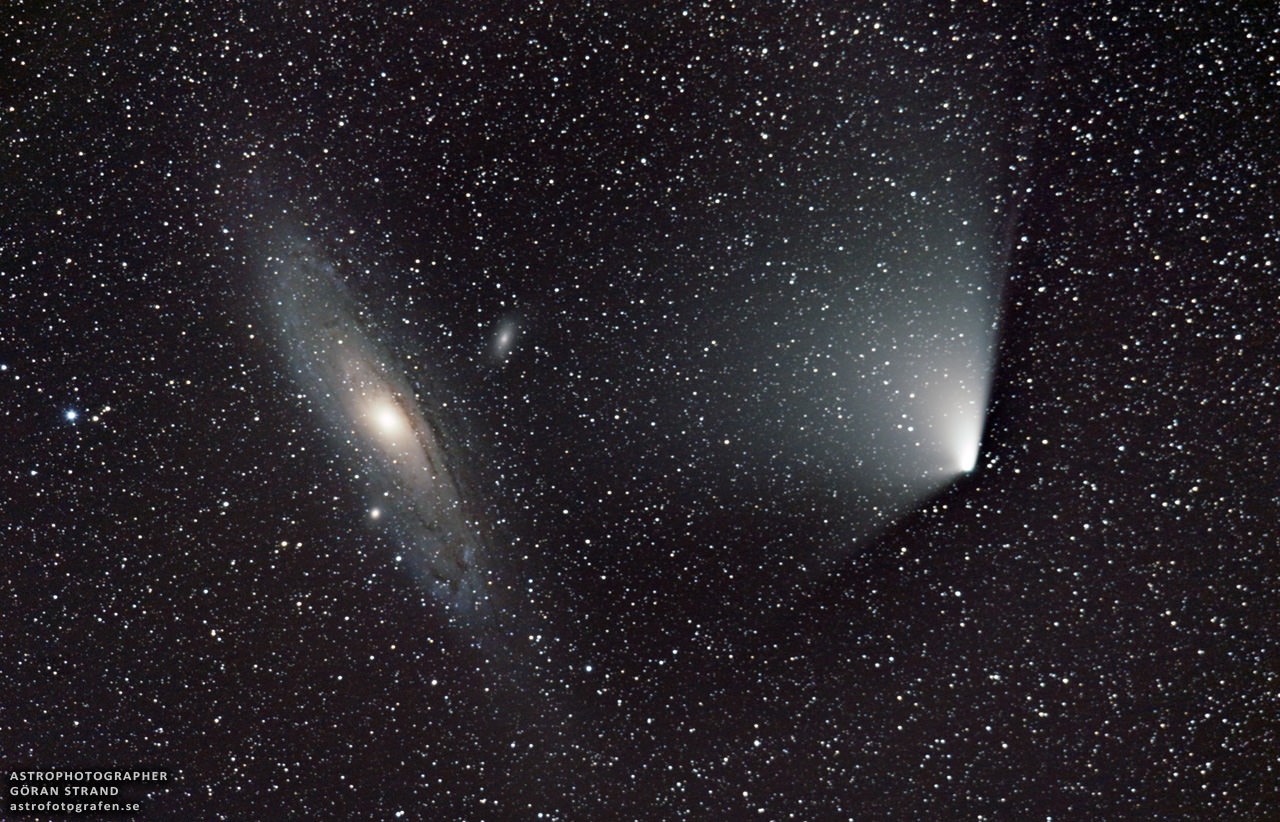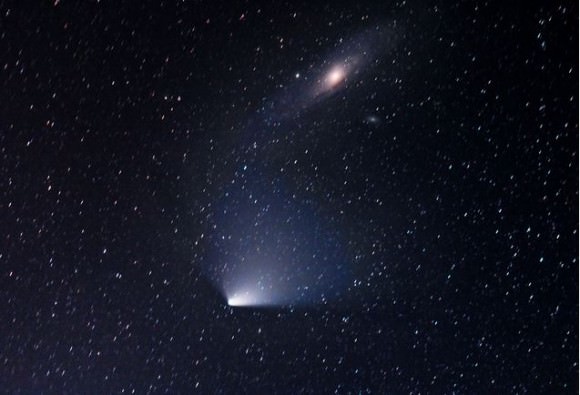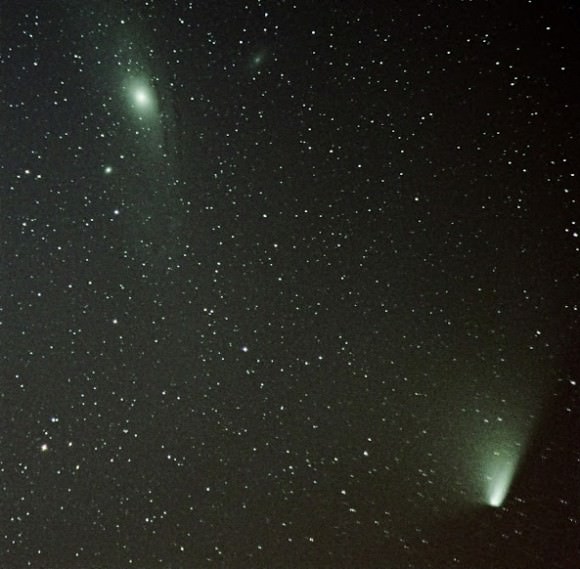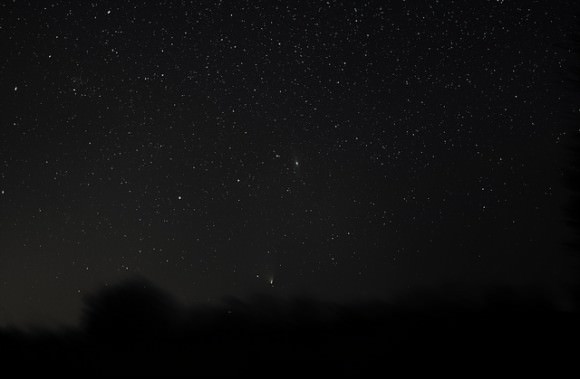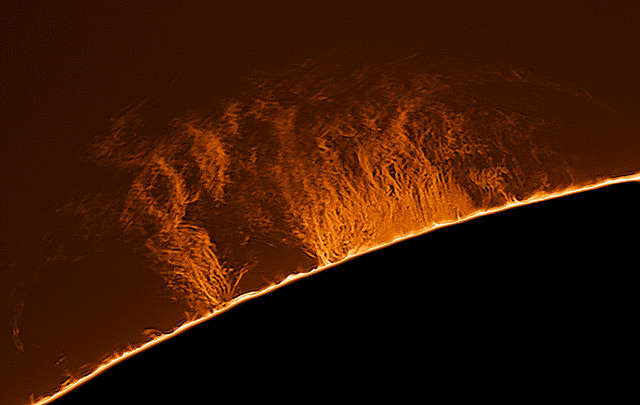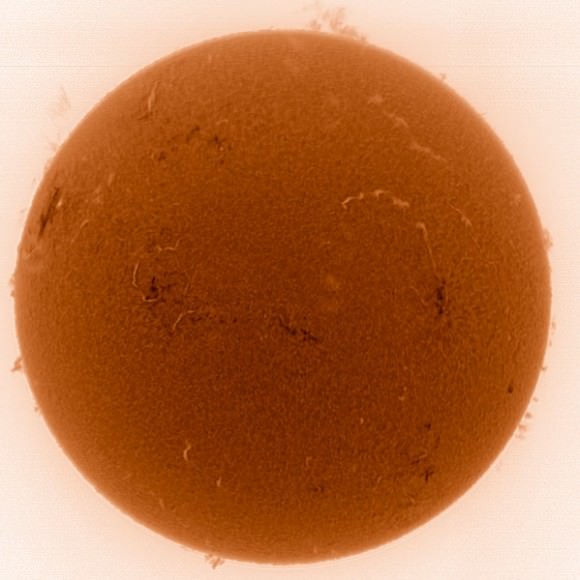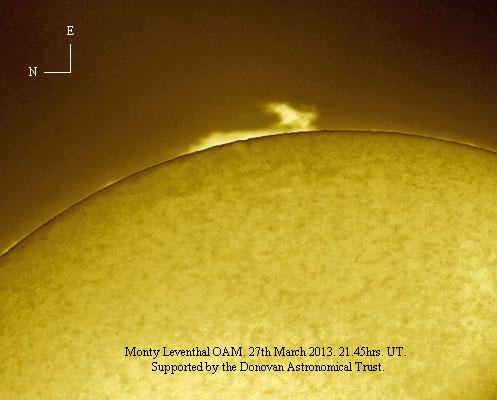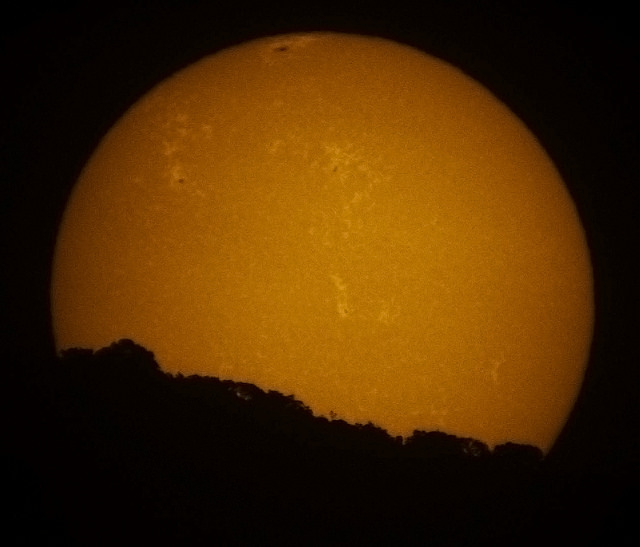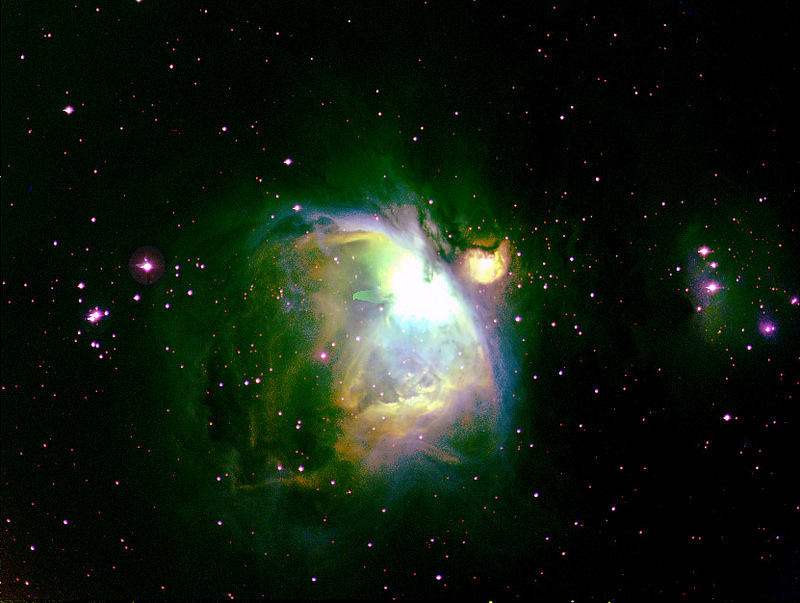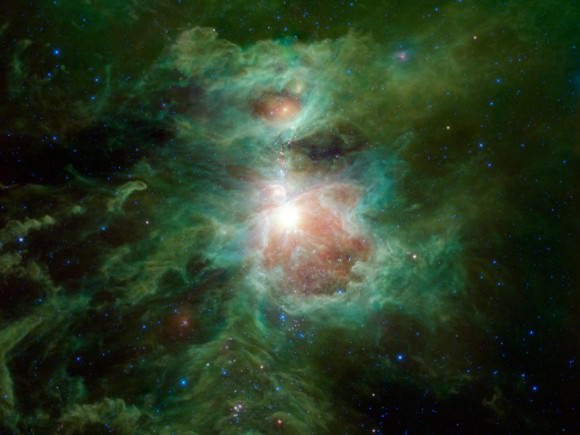In a gorgeous mix of archeology and space exploration, photographer Tim Burgess captured a stunning view of the International Space Station passing over the historic and iconic Stonehenge on April 20, 2013. Tim said this composite image is composed of 11 shots, 10 sec, f2.8, 400 ISO. As one person commented on Flickr, “An amazing feat of human engineering passing over an amazing feat of human engineering, captured by an amazing feat of human engineering.”
Thanks to Tim for allowing us to post this image on UT; keep track of Tim’s photography on Flickr and Twitter.
Want to get your astrophoto featured on Universe Today? Join our Flickr group or send us your images by email (this means you’re giving us permission to post them). Please explain what’s in the picture, when you took it, the equipment you used, etc.

